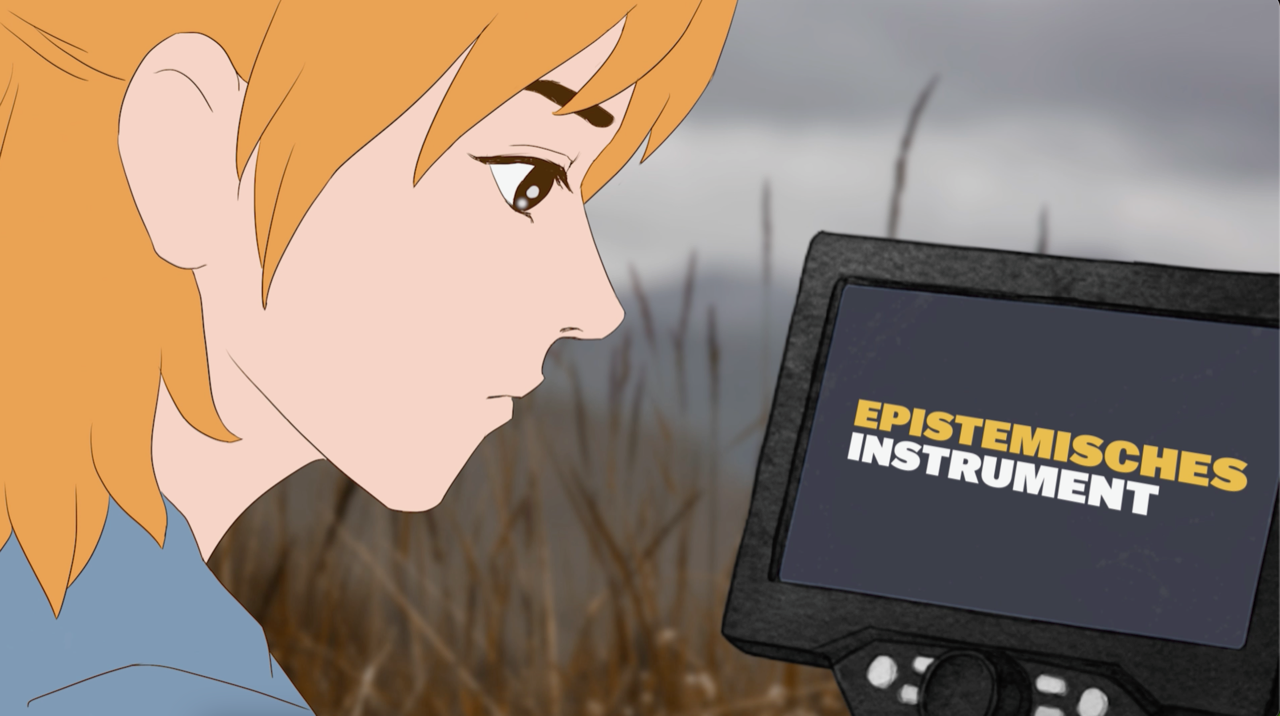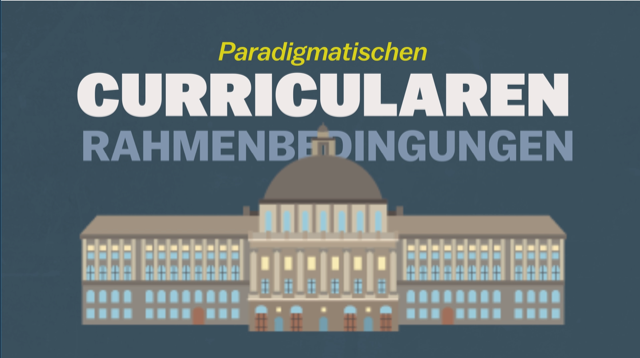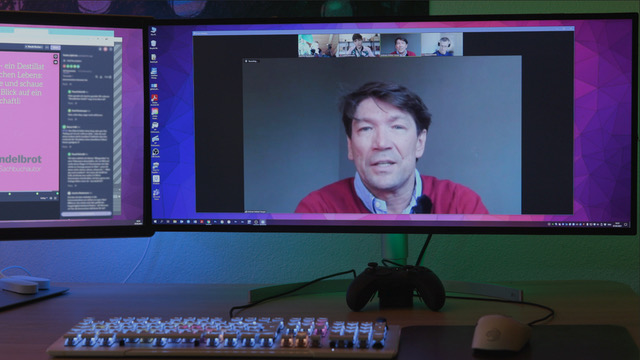…just another video? Exploring new methods of video-production in academia
By Judith Rehmann, Dr. Jeanine Reutemann
What do science, education and video have to do with each other? Ever since the very beginning of film in the early 20thcentury, science, film and education have enjoyed a symbiotic relationship. Each contributed in its own way to the production of knowledge and to progress in the endeavors of the other.
However, production methods have a significant effect on the outcome. In this brief article, we take a step back to reflect on our way of working with ‘co-design’ methods for the production of scientific educational videos and we aim to think about both its challenges and potential.


Image 1 and 2: Videostills from LET ETH Zurich YouTube channel (July 2021). “Wissenschaftsvideos – Kritik und Potenzial”, https://youtu.be/WuuXkLRLxIE.
By acknowledging the audiovisual power of film and its productive intertwining with science, Thomas Edison – a founding father of cinema – even proclaimed film as the future of education in 1922. While this claim remains to be proven, we can safely say that now, over 100 years later, in the digital age and following the boom of Massive Open Online Courses, scientific and educational videos are at the forefront of research and education.
When the ETH Zurich LET media team set out to produce eleven new scientific videos for the first chapter of the swissuniversity MOOC Digital Skills for Videos in Higher Education, we drew from a rich body of knowledge on the history and theory of videos in science and education. On this foundation, we used modern aesthetic technology and media design in our production. The co-design and co-creation between inter- and transdisciplinary experts from various sciences, education, and professional media design were crucial in our process. In doing so, we challenge traditional hierarchal structures and instead put forward a collaborative approach to filmmaking.

Image 3: Videostill from LET ETH Zurich youtube channel (August 2021). “Lehr- und Lernkulturen in einer globalisierten, digitalen Welt”. https://youtu.be/9HK59pGYPDs.
What is meant with this? How does co-designing work in practice and how does it incorporate a collaborative approach? What can be said about its potential for producing videos for higher education – videos, that both engage the viewer and are scientifically valid? It necessary to work in an open dialogue between us, the creative video-team, the scientists and the educators, so the scientific content is accurately depicted in the video while still utilising the medium to its full potential. Our team consisted of experts in video and media design, animation, film and media studies, psychology, educational studies and didactics. We engaged in creative as well as academic discussions with the respective experts on the scientific content of the video. These conversations have proved to be very fruitful. The united, collaborative thought process allowed for new connections to be made between the academic and the creative realm: for example, during an expert interview for the video “Social Video Learning”, new metaphors were found which not only shed new light on the topic discussed but also inspired the audiovisual production and design of the video significantly.

While such a collaborative approach was challenging, it allowed us to incorporate the combined expertise of everyone involved in the video production process. It has also led to new insights for both the filmmakers as well as for the educational scientists, for example by developing a powerful audiovisual language that is capable of sorting through complex scientific issues.
This method requires the team to jointly commit to the same goal: the production of an engaging, scientifically valid video for higher education purposes. It means not only working together as co-workers but also recognizing each other as individuals who bring a specific knowledge to the project. This reminds of Lévys humanitarian approach in his concept of collective intelligence. Indeed, such comparisons aren’t far off: During the production of the video, each member of the group is acknowledged for what they know and contribute to the academic and creative production of the video.
So ultimately, it is not the ‘handwriting’ of a single author which defines the video, but the collaborative method of co-designing which allows for the video to become much more than a filmic text, but a language of its own in which the scientific content can be communicated in an effective, engaging and enjoyable way.
The interdisciplinary collaboration between science, education, and film also has hurdles. For example, scientists are sometimes reluctant to venture into a different field of expertise. This can only be overcome by maintaining an open, positive communication between scientists and filmmakers. The willingness to tread on new ground in foreign disciplines is necessary on both sides. By working together and finding solutions across disciplinary borders, more sustainable solutions can be found. Ultimately, they will enrich the depiction of the scientific content and the audiovisual quality of the video produced. Thus, the potential of co-designing videos with scientists, educators, and filmmakers lies in enabling an interconnectedness between science- and film practices.
You can find all the final “Digital Skills” videos (in German, with English subtitles) on our LET ETH Zurich youtube channel.
Posted on
in Activities


